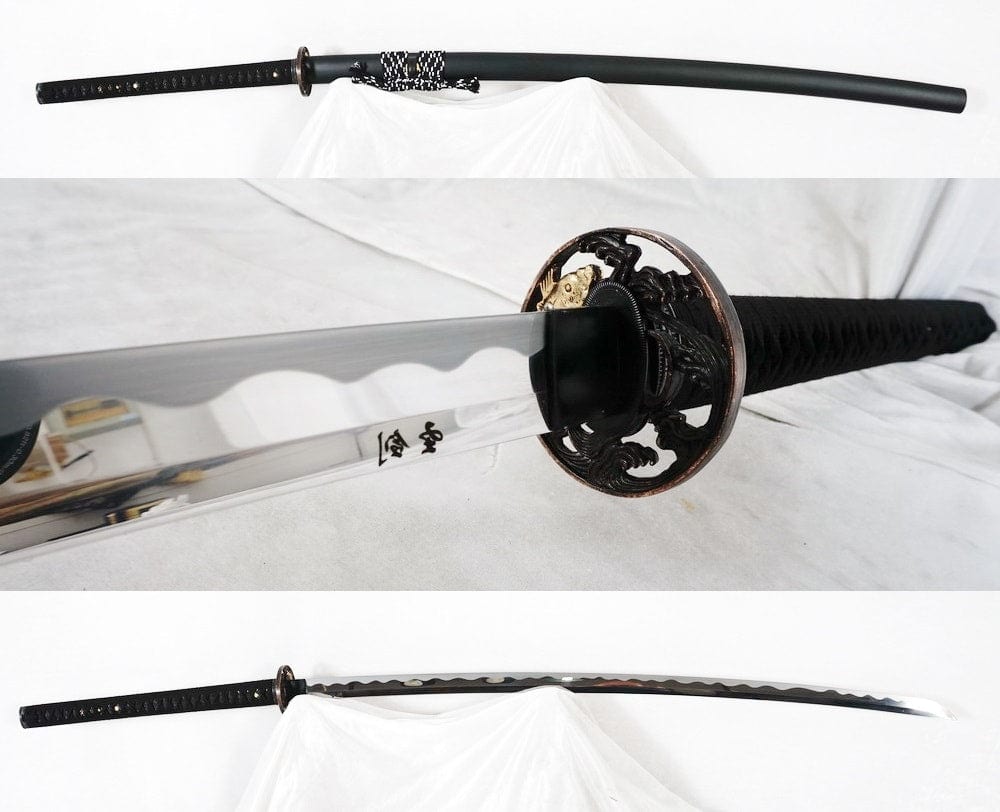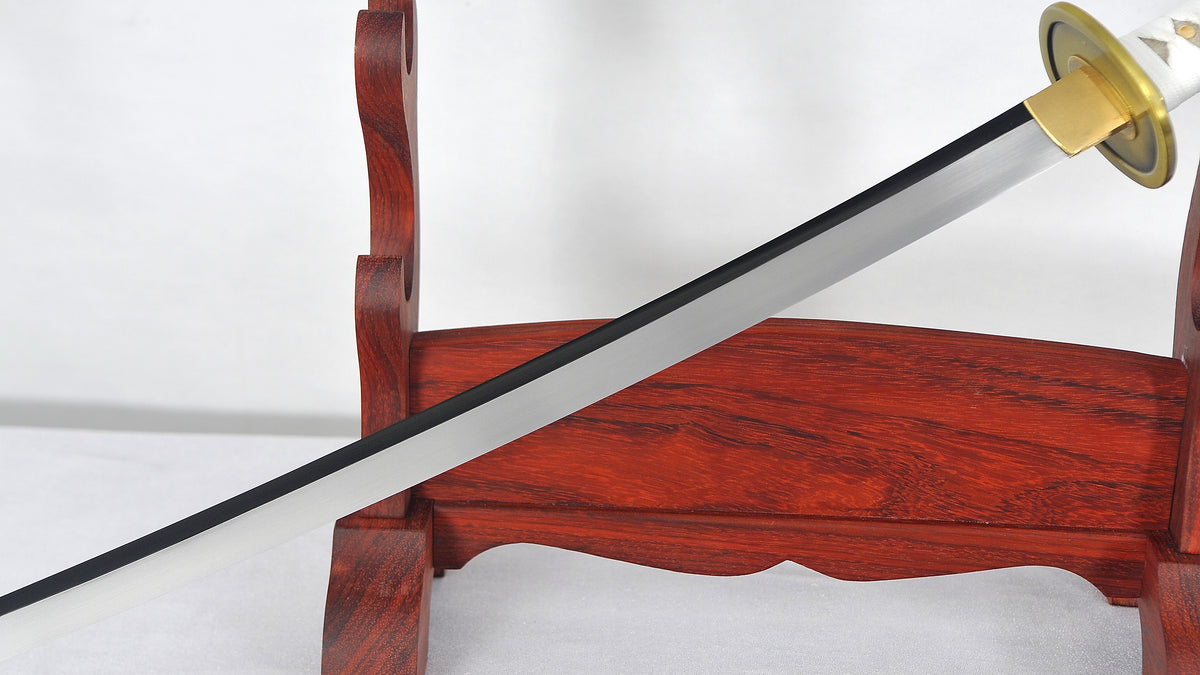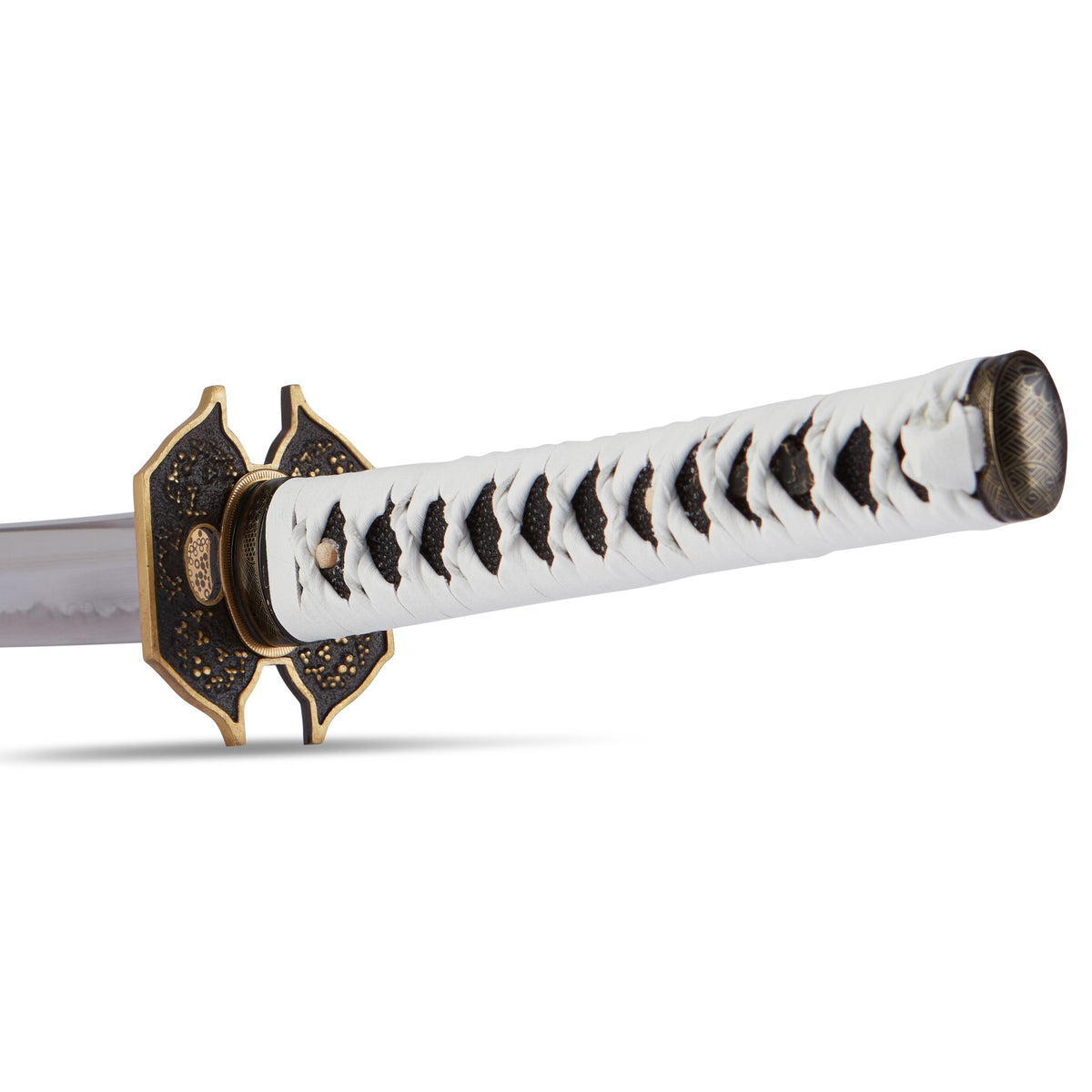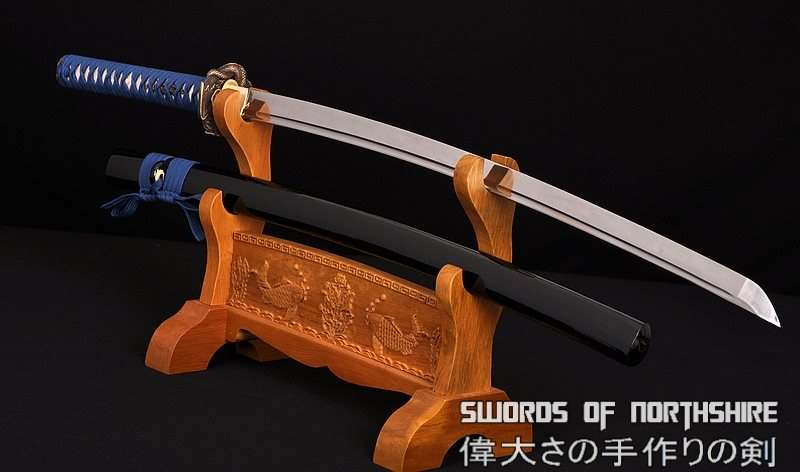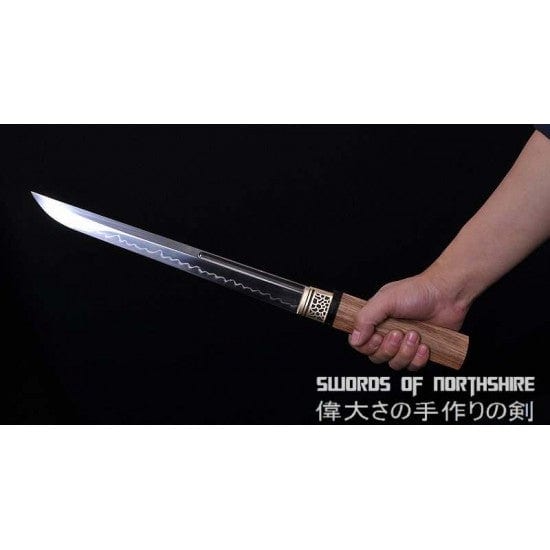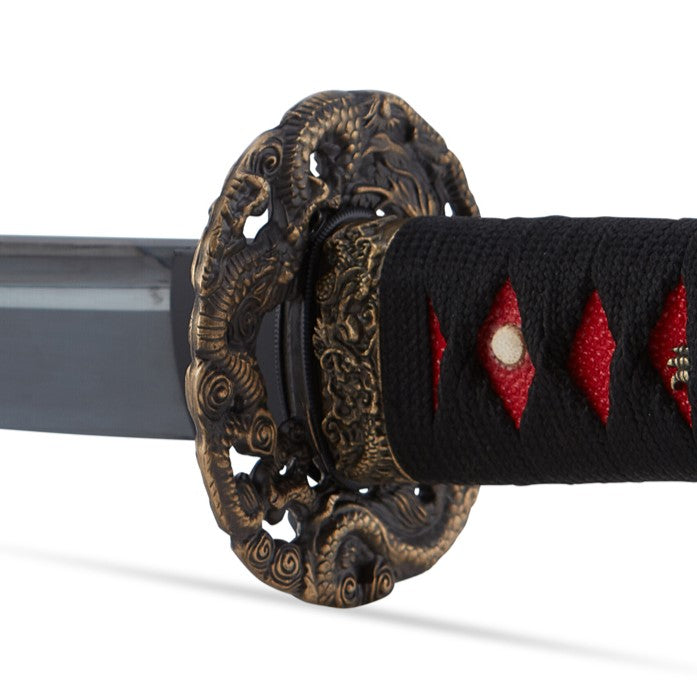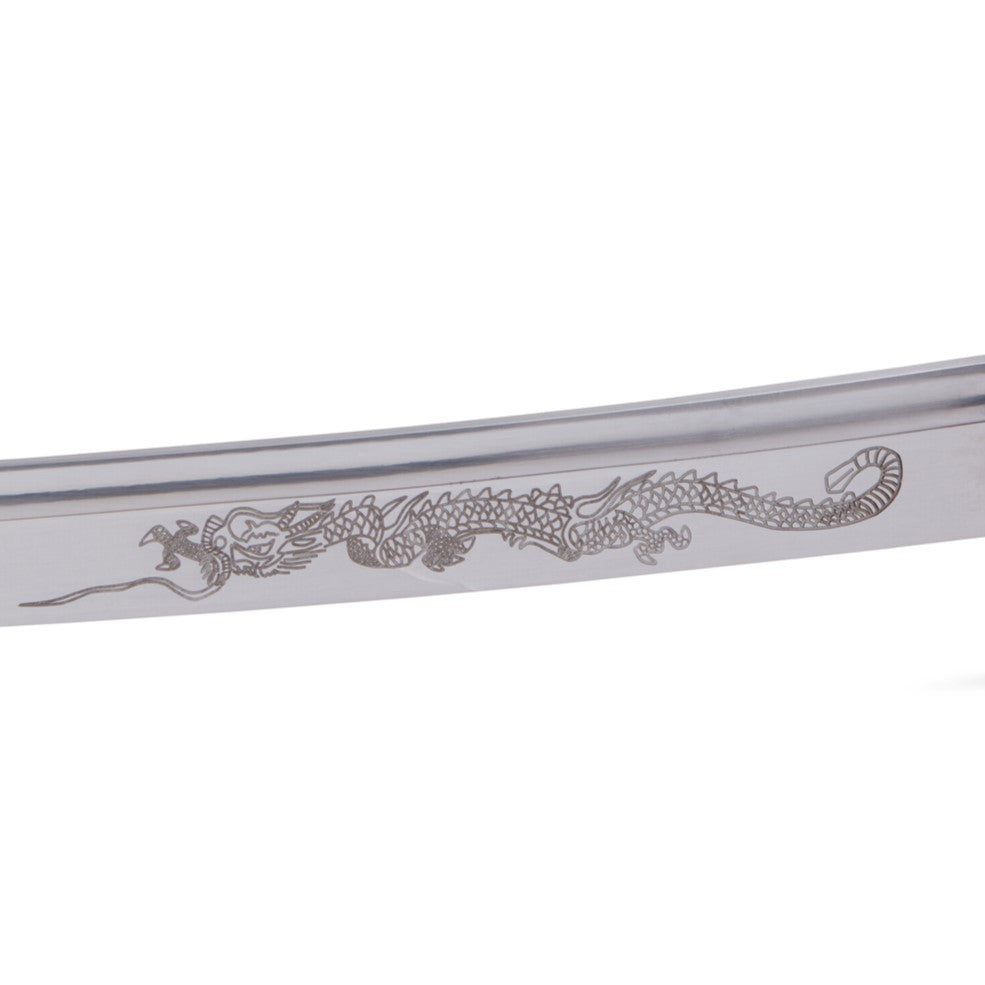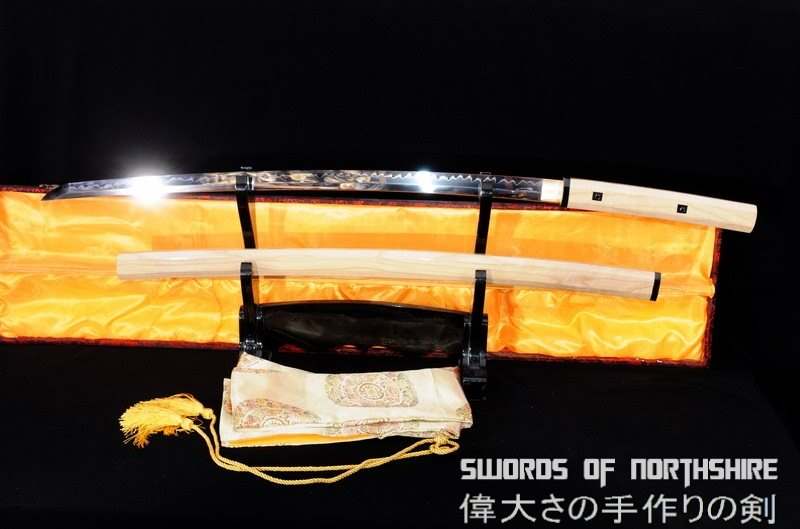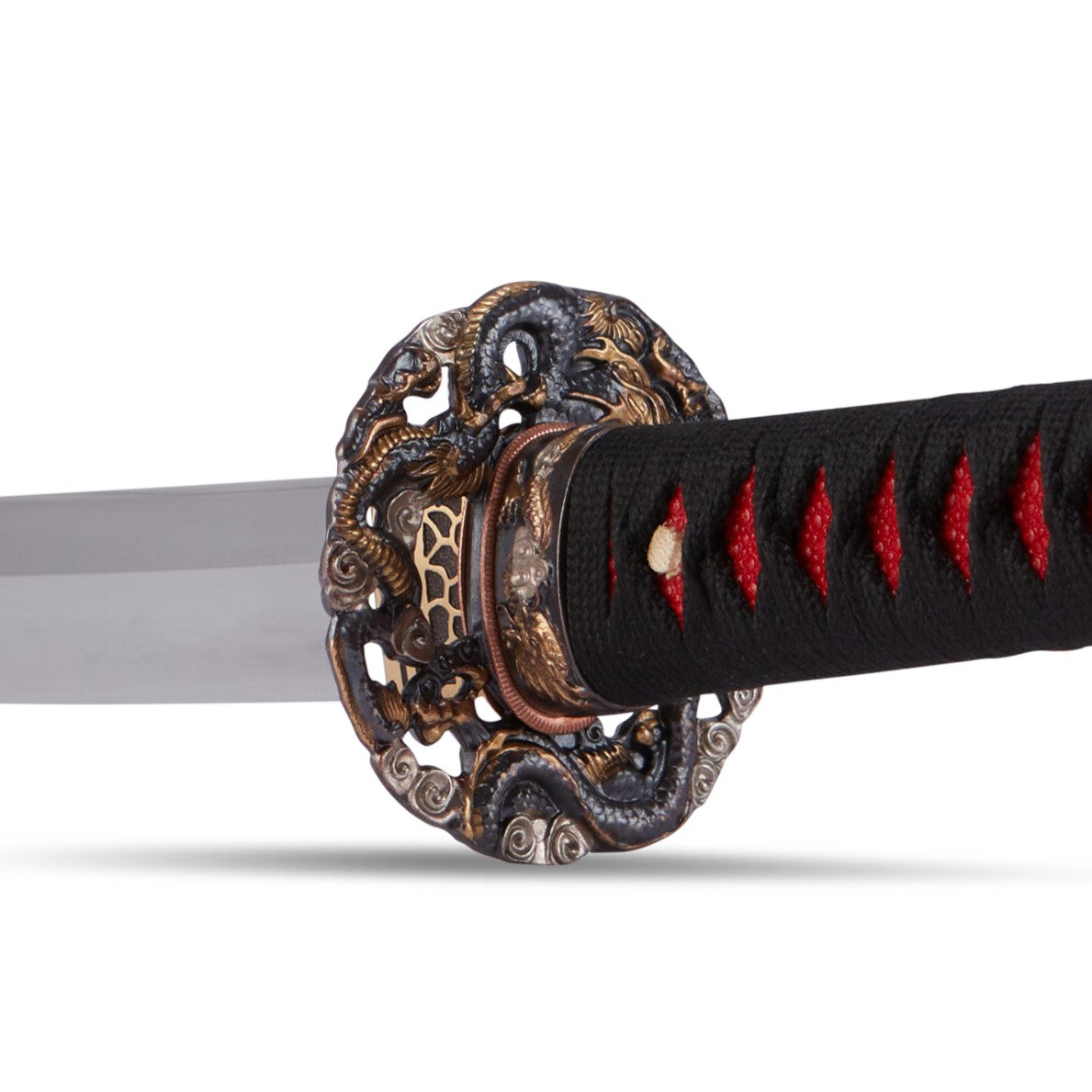Iaido
Swords with Discipline
The practice of iaido, a Japanese martial art of drawing and using a samurai sword, is steeped in tradition and discipline. For centuries, it has been a cornerstone of Japanese culture, valued not only for its physical and mental benefits but also for the philosophical principles it espouses. With its emphasis on focus, mindfulness, and self-improvement, it offers a unique and challenging practice for those seeking to cultivate a greater sense of discipline and awareness in their lives. In this blog post, we will explore this practice in more detail, stating its benefits and techniques.

Draw, Cut, and Sheath: What Kind of Sword Is Used in Iaido?
The sword used in iaido is a katana called an "iaito", a type of traditional Japanese sword with a curved, slender, single-edged blade. The katana was originally designed for samurai warriors during the feudal period in Japan and has since become an iconic symbol of Japanese culture. The sword is seen as an extension of the body, and as such, great care is taken in its handling and maintenance.
The sword used in practice is different from the ones used in other martial arts, as it is not sharpened and is instead made of a blunt metal alloy. This is to ensure safety during training, as the techniques involved can be dangerous if not performed correctly. Despite this, the weight and balance of the sword are still taken into account, and you must learn how to wield it with precision and control.
In addition to the iaito, practitioners also use a sheath called a "saya". The saya is made of wood and is used to house the blade when not in use. It is an essential part of the practice, as the techniques involved require participants to draw the sword quickly and smoothly from the saya, perform a series of movements, and then return the sword to the saya in one fluid motion.
The sword being used is a critical component of the practice and is regarded with great respect and care. Through learning to handle and manipulate the sword, iaido practitioners can develop a deep understanding of the art's philosophy and gain a greater appreciation for Japanese culture and history.

Cutting Through Distractions: The Mental Benefits
One of the most significant benefits of the practice is the development of improved focus and mindfulness. This art requires you to focus intently on the present moment and be aware of your surroundings and movements. This heightened sense of awareness can help individuals develop a greater sense of mindfulness in all areas of their life, leading to increased mental clarity and focus.
Participants learn to maintain a calm and focused mind, even in the face of stress or pressure. This skill can be valuable not only in the dojo but also in everyday life, as individuals are better equipped to handle difficult situations with clarity and composure.
In addition, the meditative quality of it can also help individuals reduce stress and anxiety. By focusing on the movements of the practice, you can enter a state of relaxation and calm, which can have long-lasting benefits for their mental and emotional well-being.
Overall, the mental benefits of practicing can be profound and can help individuals develop a greater sense of focus, mindfulness, and emotional well-being. These skills can be valuable in all areas of life and can help individuals achieve a greater sense of balance and inner peace.
Required Equipment and Clothing
To practice iaido, there are a few key pieces of equipment and clothing that are required. The most important piece of equipment is, of course, the iaido sword, or iaito. These swords are specifically designed for practice and are not sharp, so they are safe to use during training. It is essential to have a high-quality iaito that is the appropriate length and weight for the individual.
In addition to the sword, practitioners also need to have the appropriate clothing. This typically includes a hakama, a traditional Japanese garment that is worn over a kimono and provides a wide range of motion for the legs. The hakama is usually black, although other colors are also acceptable. Participants also wear a keikogi, a type of training jacket, and an obi, a type of belt.
Other equipment that may be necessary includes a wooden sword, or "bokken," for practicing kata (pre-arranged forms), and a practice target, or "tameshigiri" for practicing cutting techniques.
It is essential to invest in high-quality equipment and clothing to ensure safe and effective practice. By having the necessary equipment and clothing, you can fully engage in the practice and develop your skills to their fullest potential.
Start Practicing Today with Your Own Sword!
Ready to take your iaido practice to the next level? Visit Swords of Northshire today and explore our collection of high-quality Japanese swords. With a wide range of styles and sizes to choose from, you are sure to find the perfect sword to suit your needs. Plus, with our expert craftsmanship and fast, reliable shipping, you can trust that you are getting the best possible sword for your practice. Don't wait any longer - start browsing our collection today and discover the perfect sword for your iaido practice!
Best Sellers
- Regular Price
- from $199.99
- Sale Price
- from $199.99
- Regular Price
-
- Unit Price
- per
- Regular Price
- from $299.99
- Sale Price
- from $299.99
- Regular Price
-
$0.00
- Unit Price
- per
- Regular Price
- from $619.99
- Sale Price
- from $619.99
- Regular Price
-
- Unit Price
- per
- Regular Price
- from $179.99
- Sale Price
- from $179.99
- Regular Price
-
- Unit Price
- per
- Regular Price
- from $319.99
- Sale Price
- from $319.99
- Regular Price
-
- Unit Price
- per
- Regular Price
- from $339.99
- Sale Price
- from $339.99
- Regular Price
-
- Unit Price
- per
- Regular Price
- from $219.99
- Sale Price
- from $219.99
- Regular Price
-
- Unit Price
- per
- Regular Price
- from $199.99
- Sale Price
- from $199.99
- Regular Price
-
- Unit Price
- per
- Regular Price
- from $364.99
- Sale Price
- from $364.99
- Regular Price
-
- Unit Price
- per
- Regular Price
- from $479.99
- Sale Price
- from $479.99
- Regular Price
-
$0.00
- Unit Price
- per

